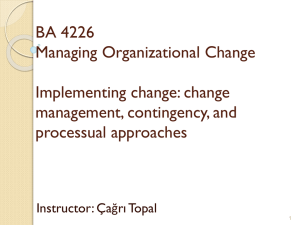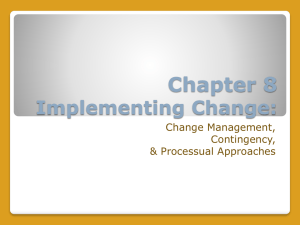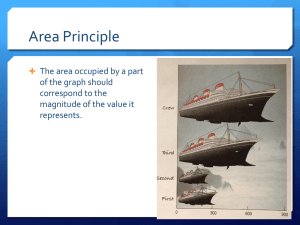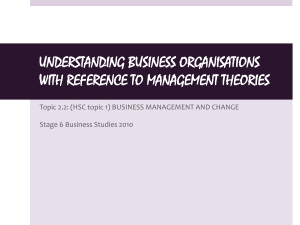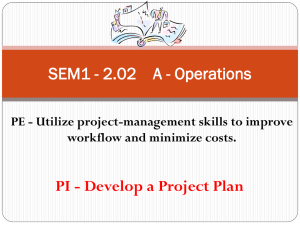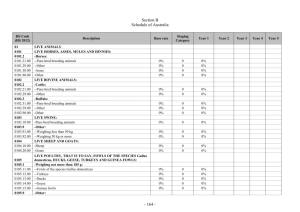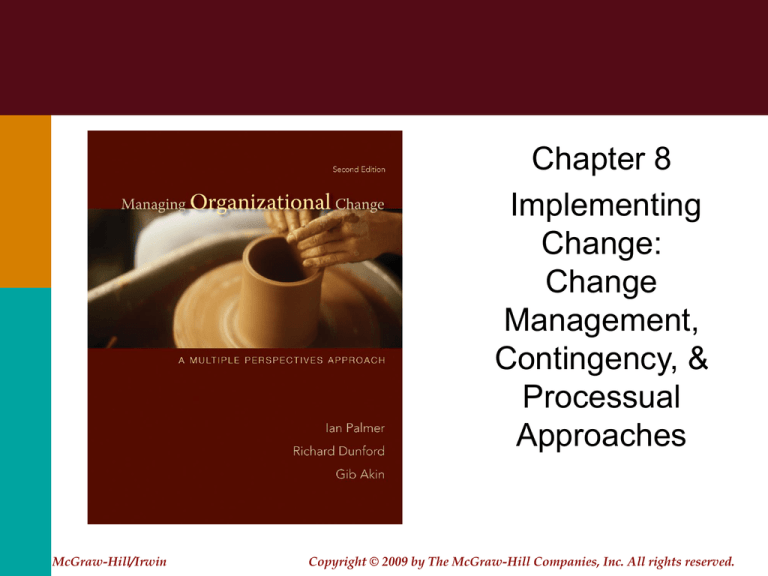
Chapter 8
Implementing
Change:
Change
Management,
Contingency, &
Processual
Approaches
McGraw-Hill/Irwin
Copyright © 2009 by The McGraw-Hill Companies, Inc. All rights reserved.
Images of Managing Change
Images of
Managing
Change
Change
Management
Approach
-Kotter’s EightStep Model
-Other n-step
models
-N-step model
issues
Change
Management vs
Organization
Development
Contingency
Approaches
Processual
Approach
Image
Rationale
Chapter 7
Coach
Organization Development
Appreciative Inquiry
Positive Organizational
Scholarship
These theories and approaches focus on
identifying and building on what is working best
in the organisation.
Interpreter
Sense-Making
This approach as it alerts managers to the
different influence that interpretations of change
can have.
Chapter 8
Director
Change Management
Contingency Theories
They focus on strategic and planned
organizational change. Intentional change
outcomes can be achieved through a series of
planned steps. There is certainty that it can be
achieved.
Navigator
Processual Approach
The outcomes are the result of a complex
interplay of different interests, both internal and
external to the organization.
Note: The caretaker and nurturer images are not well addressed in the literature because as
the assumption is that change managers receive rather than initiate change
8-2
Change Management Approach
Images of
Managing
Change
Change
Management
Approach
-Kotter’s EightStep Model
-Other n-step
models
-N-step model
issues
Change
Management vs
Organization
Development
Contingency
Approaches
Processual
Approach
• Focuses on strategic, intentional
and usually large-scale change
• Entails following a variety of
steps; the exact steps vary
depending upon the model used
• Belief that achieving
organizational change is possible
through a coordinated and
planned approach
8-3
Kotter’s Eight-Step Model
Images of
Managing
Change
Change
Management
Approach
-Kotter’s EightStep Model
-Other n-step
models
-N-step model
issues
Change
Management vs
Organization
Development
Contingency
Approaches
Processual
Approach
•
Kotter’s eight-step model is one of the
best known:
1. Establish the need for urgency
2. Ensure there is a powerful change group to
guide the change
3. Develop a vision
4. Communicate the vision
5. Empower the staff
6. Ensure there are short-term wins
7. Consolidate gains
8. Embed the change in the culture
8-4
Other N-Step Models
Images of
Managing
Change
Change
Management
Approach
-Kotter’s EightStep Model
-Other n-step
models
-N-step model
issues
Change
Management vs
Organization
Development
•
•
•
•
•
•
•
•
•
Ten commandements (Kanter, Stein and Jick 1992)
Ten Keys (Pendlebury, Grouard, and Meston 1998)
12 Action Steps (Nadler 1998)
Transformation Trajectory (Taffinfer 1998)
Nine-Phase Change Process Model (Anderson &
Anderson 2001)
Step-by-Step Change Model (Kirkpatrick 2001)
12 Step Framework (Mento, Jones and Dirndorfer
2002)
RAND’s Six Steps (Light 2005)
Integrated Model (Leppitt 2006)
Contingency
Approaches
Processual
Approach
8-5
N-Step Model Issues
Images of
Managing
Change
Change
Management
Approach
-Kotter’s EightStep Model
-Other n-step
models
-N-step model
issues
Change
Management vs
Organization
Development
Contingency
Approaches
•
•
•
•
•
•
•
•
The sequences of steps
The number of steps
The timing of steps
The resourcing of steps
The involvement in each step
Managing multiple steps
Revisiting different steps
“Are all steps needed for particular
changes?”
Processual
Approach
8-6
Change Management vs. OD
Images of
Managing
Change
Change
Management
Approach
-Kotter’s EightStep Model
-Other n-step
models
-N-step model
issues
Change
Management vs
Organization
Development
Contingency
Approaches
• Critics of change management depict
it as being “faddish” and the product
of management consultancy firms
• There is a debate between
proponents of OD and proponents of
change management:
– OD is criticized for being less relevant to
modern organizations
– Change management is criticized for
having a focus on the concerns of
management rather than on those of the
organization as a whole
Processual
Approach
8-7
Contingency Approaches
Images of
Managing
Change
Change
Management
Approach
-Kotter’s EightStep Model
-Other n-step
models
-N-step model
issues
Change
Management vs
Organization
Development
Contingency
Approaches
• Contingency approaches challenge
the view that there is “one best way”
• The style of change will vary,
depending upon the scale of the
change and the receptivity to change
of organizational members.
• In the Dunphy-Stace model the style
of change varies from collaborative to
coercive
Processual
Approach
8-8
Contingency Approaches
Images of
Managing
Change
Change
Management
Approach
-Kotter’s EightStep Model
-Other n-step
models
-N-step model
issues
Change
Management vs
Organization
Development
Contingency
Approaches
Processual
Approach
• Contingency approaches remain less
common than change management
approaches. Suggested reasons include:
– Achieving “fit” may be difficult due to differing
perceptions of the conditions in which the fit is
sought
– Contingency approaches require greater
analysis and decisions by managers; the
prescriptiveness of change management models
may be attractive to managers
– Contingency approaches focus on leadership
style rather than a specific set of actions
– The use of different change styles at different
times may raises questions in the mins of staff
as to the credibility of senior management.
– There is a question about “what” is contingent to
managing change
8-9
Processual Approach
Images of
Managing
Change
Change
Management
Approach
-Kotter’s EightStep Model
-Other n-step
models
-N-step model
issues
Change
Management vs
Organization
Development
Contingency
Approaches
Processual
Approach
• Draws on a navigator approach
– Change is a continuous process which unfolds
differently depending upon the time and the
context
• It sees the outcome of change as occurring
through a complex interplay of different
interest groups, goals, and politics.
• This approach alerts the change manager to
the range of influences which they will
confront and the way in which these will lead
to only certain change outcomes being
achieved
• This approach is often used to provide a
detailed analysis and understanding of
change retrospectively.
8-10

